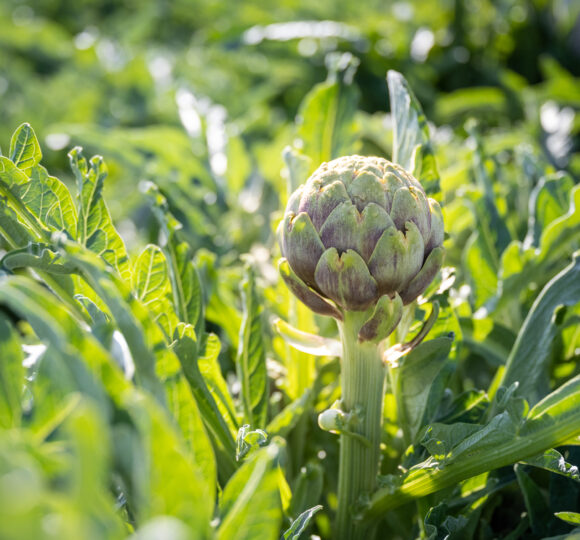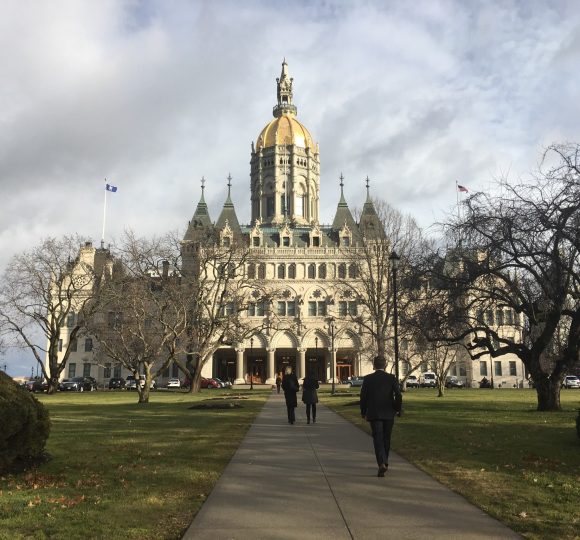America is losing approximately 1 million acres of farmland every year. Between 1982 and 1992, every state lost some of its prime or unique farmland to urban development. As awareness of the threat to farmland grows, state and local governments are increasingly looking at Purchase of Agricultural Conservation Easement programs as a solution. PACE programs protect farmland by compensating farmers for giving up the right to develop their land.
Since 1977, state and local governments and the federal government have spent more than $975 million to purchase agricultural conservation easements on more than 581,000 acres of farmland. PACE programs are designed to prevent conversion of farmland to non-agricultural uses. Critics claim the PACE is an expensive approach to protecting open space, while advocates maintain that these programs have significant agricultural, economic and environmental benefits. Until now, there has been little evidence to support either viewpoint.
In 1997, American Farmland Trust and the Franklin and Deerfield land trusts conducted a study of 75 farms protected by the Massachusetts Agricultural Preservation Restriction program. The results of the study clearly document the agricultural and economic benefits of PACE programs. Major findings include the following:
1. The land protected by the Massachusetts APR program is actively farmed. Sixty percent of the farmers surveyed said that all of their protected land is in agricultural use. An additional 30 percent reported that the majority of their APR land is being farmed. Fewer than 10 percent of farmers said that less than half of their protected land is devoted to agriculture. Much of the land not being farmed is woodland, wetlands or otherwise unsuitable for agricultural use. In some cases, participation in the APR program has increased farming activity on the land, as landowners have cleared brush, re-seeded hayfields and brought old fields back into production.
2. Owners of protected farms plan to keep their land in agricultural use for the foreseeable future. More than 93 percent of farmers surveyed said that they planned to keep the land in agricultural use for the next decade.
3. The APR program facilitates transfer of farmland to the next generation of farmers. Farmers who purchase or inherit protected farms are younger and have more resources to devote to agriculture than those who sell restrictions on the land. The average age of farmers who sold a restriction on their land was 65, compared to 49 for farmers who bought protected land and 47 for farmers who inherited land enrolled in the APR program. Median income for the older group of farmers was $31,713, compared to $40,601 for land purchasers and $62,500 for farmers who inherited protected land.
Interviews conducted for this study show that young, innovative, educated, highly motivated farmers are actively looking for parcels of protected land. Seventy-five percent of farmers who purchased protected land said that the APR program had a “very positive impact” on the purchase price of the land, and 62.5 percent said that the program had a “very positive impact” on their actual ability to buy the land.
More than 70 percent of farmers surveyed intend to pass their protected land on to other family members in the future. Nearly 50 percent believe that the APR program will help them achieve this goal.
4. The APR program supports investment in agriculture. One of the most dramatic and promising findings of this study is the extent to which APR farmers are investing in the agricultural potential of their land. Almost three-quarters of the farmers interviewed have improved their operations since they participated in the APR program. Improvements include repairs to farm buildings, implementation of conservation practices, purchase of land, equipment and livestock, and development of new products and marketing strategies. Seventy-eight percent of the farmers who made changes said that the APR program was important to improving their operations, and 95 percent said that they believed the changes made are important to the long-term viability of their operations.
Information collected during personal interviews suggests that the APR program creates a psychological “permanence syndrome” among participating farmers. Farmers who believe that their land is safe from non-farm development feel more secure about investing in the agricultural potential of the land. This investment—in farm buildings, conservation practices, land, machinery, livestock and farm management strategies—creates a greater likelihood that protected farms will be successful in the future.
5. Farmer satisfaction with the APR program is extremely high. Eighty-five percent of the farmers surveyed were satisfied with the APR program. Ninety-two percent said that they would be likely participate again.
6. Participation in the APR program is a key element of a comprehensive strategy to keep farms viable for the future. Many of the farmers interviewed expressed their belief that without the opportunity to participate in the APR program, they would no longer be farming. Others said that they would still be farming, but they would have had to sell land for development to stay in business. The APR program serves as a safety net for some struggling farms, but it seems to be most effective when used as one element of a comprehensive strategy to keep a farm viable for the future. The six case studies included in this report illustrate how farmers are using the APR program to expand and modernize their operations, implement environmentally sound farming practices and transfer land and operations to younger family members. These farmers emphasize the importance of developing business, marketing and estate plans as part of the process of deciding to protect a farm.





